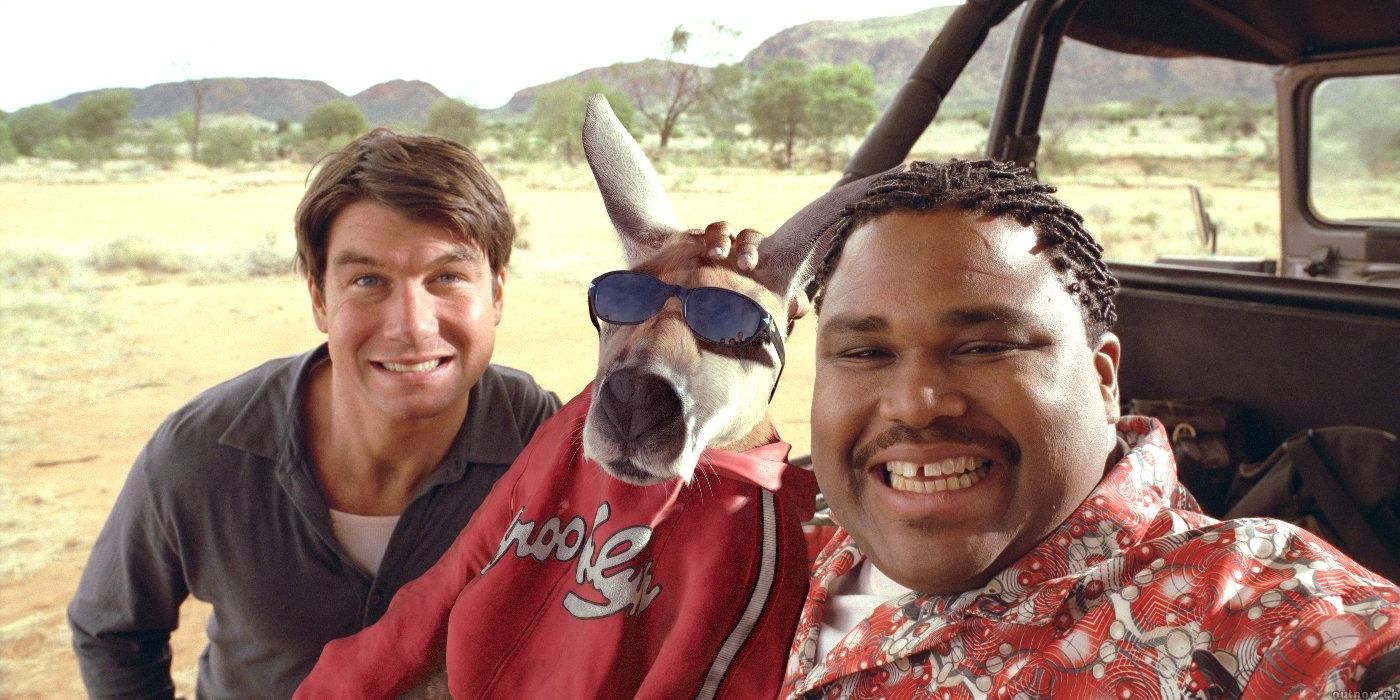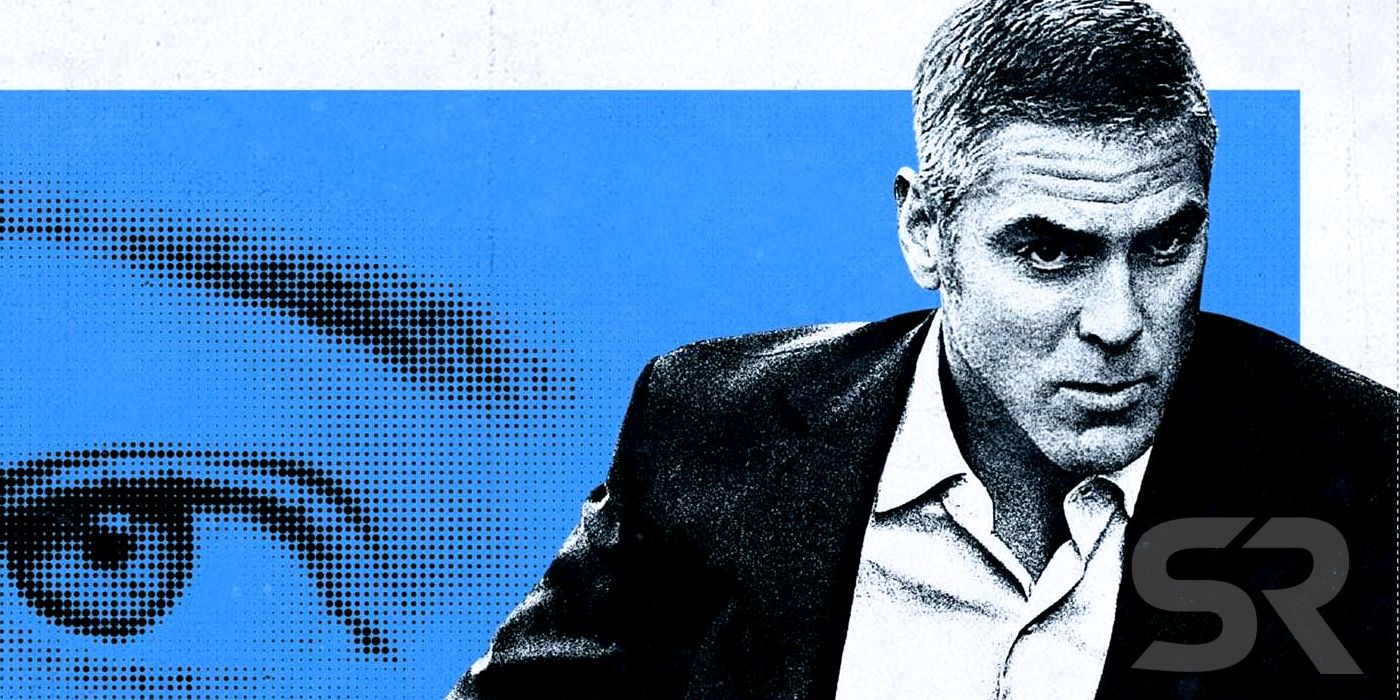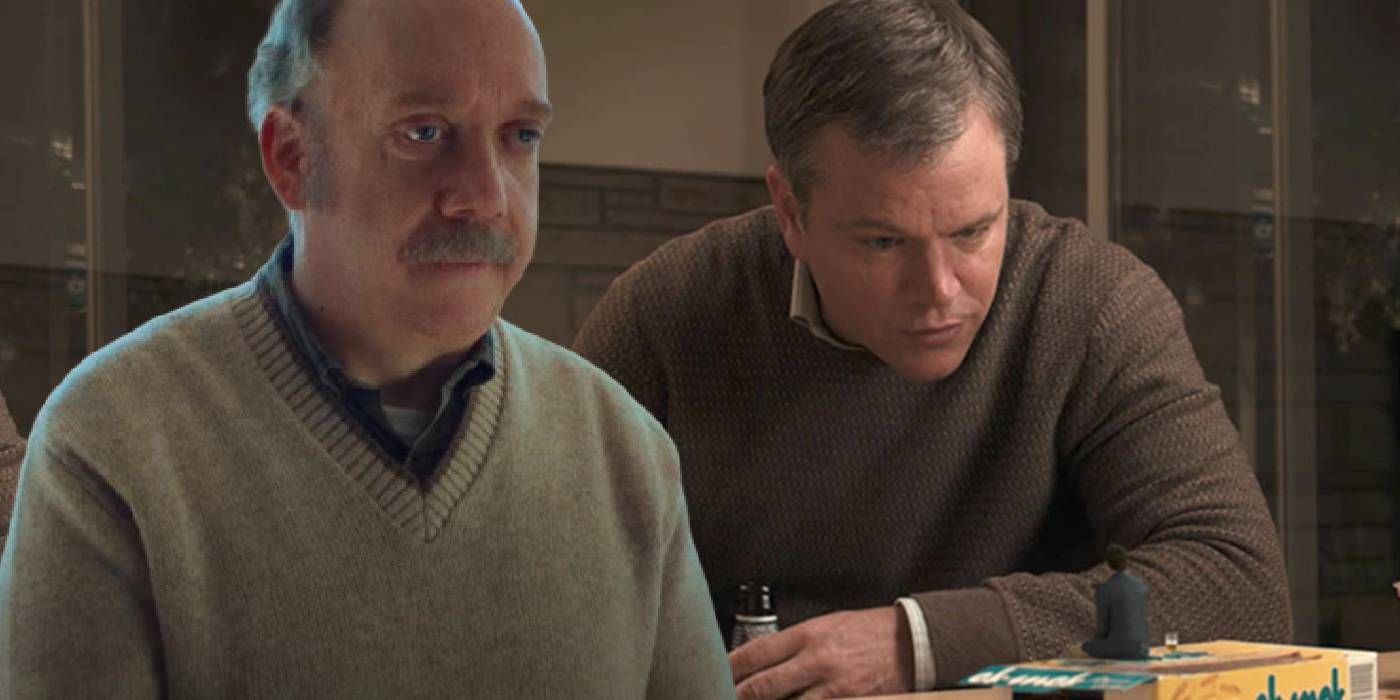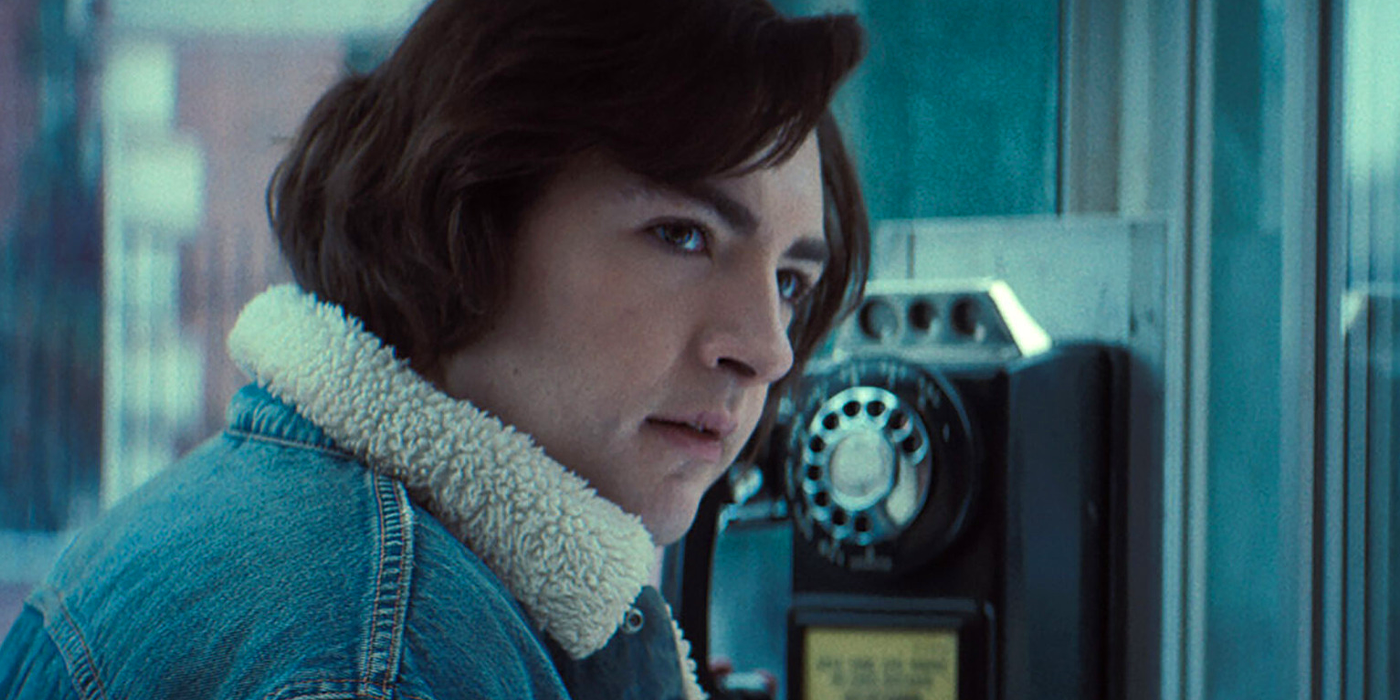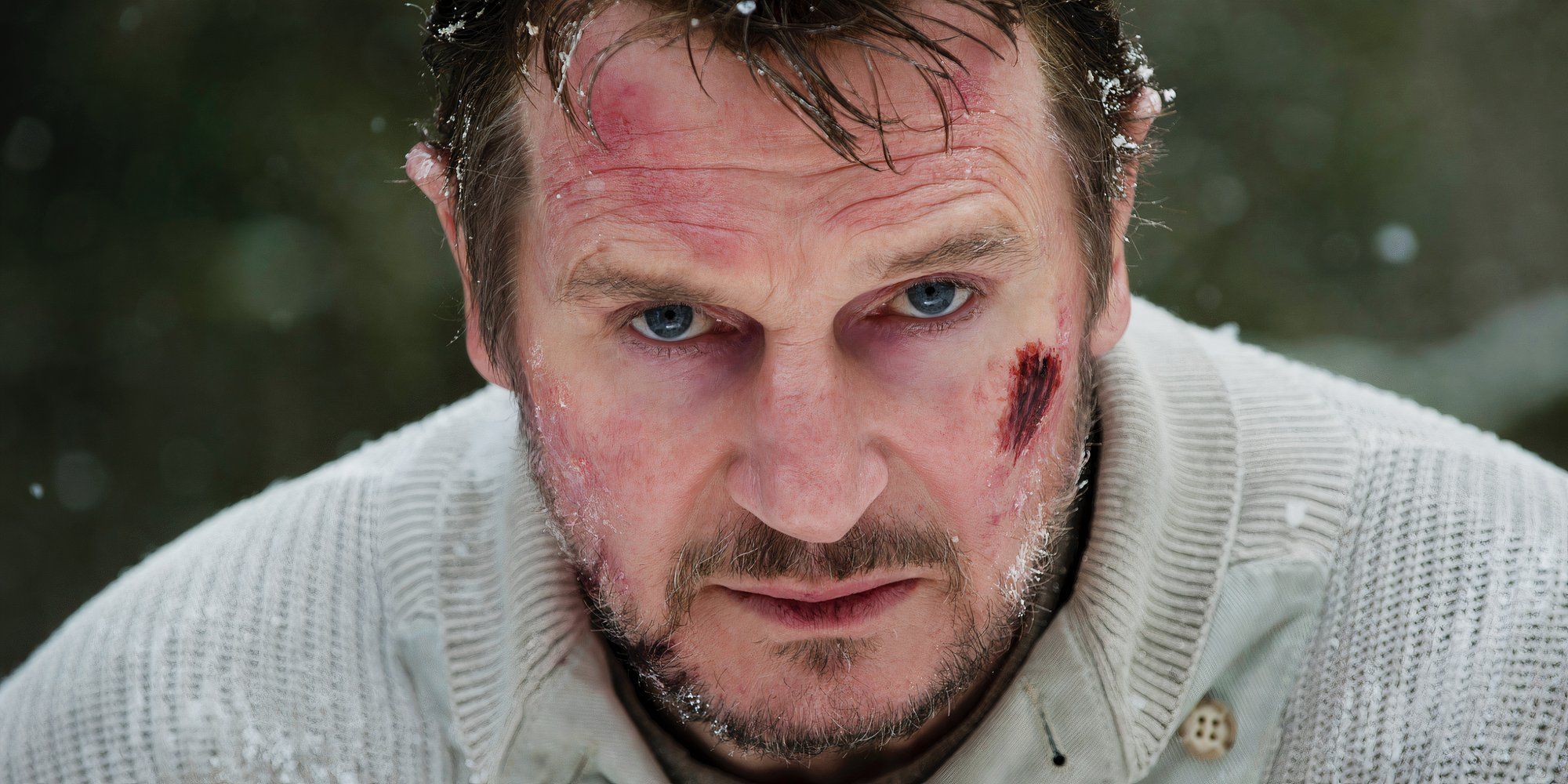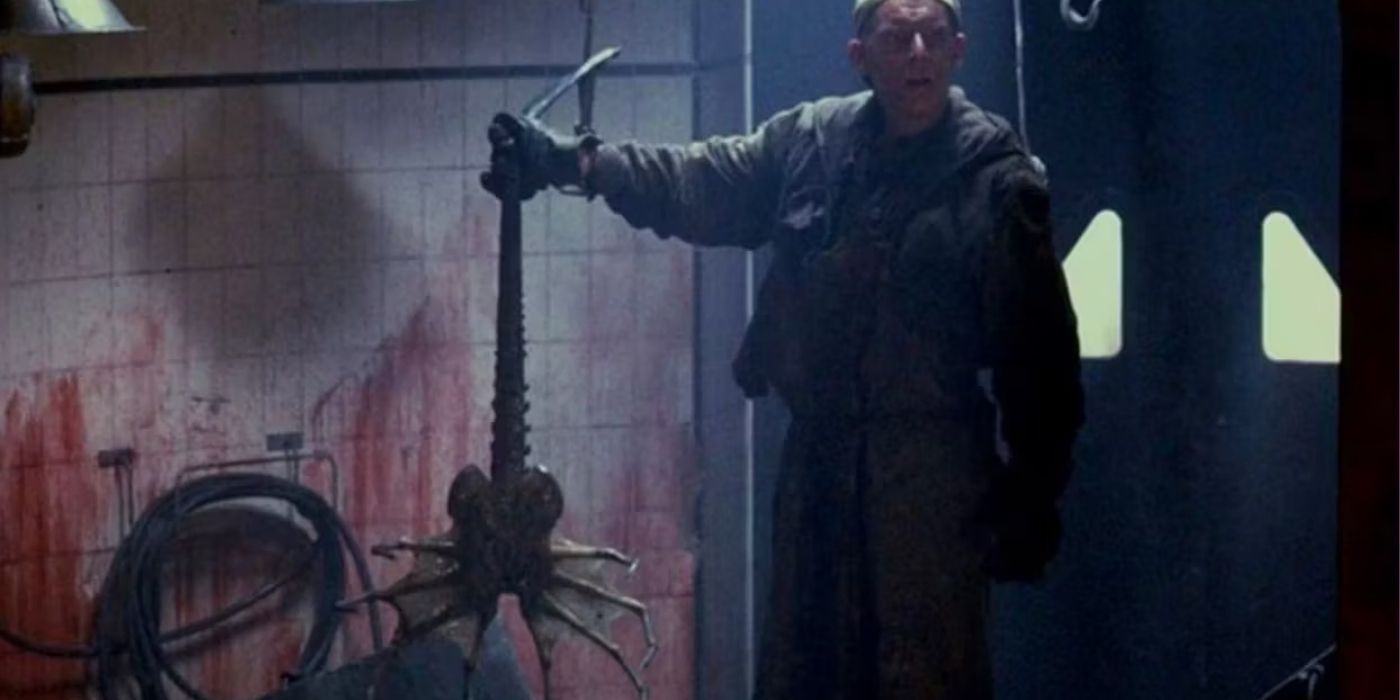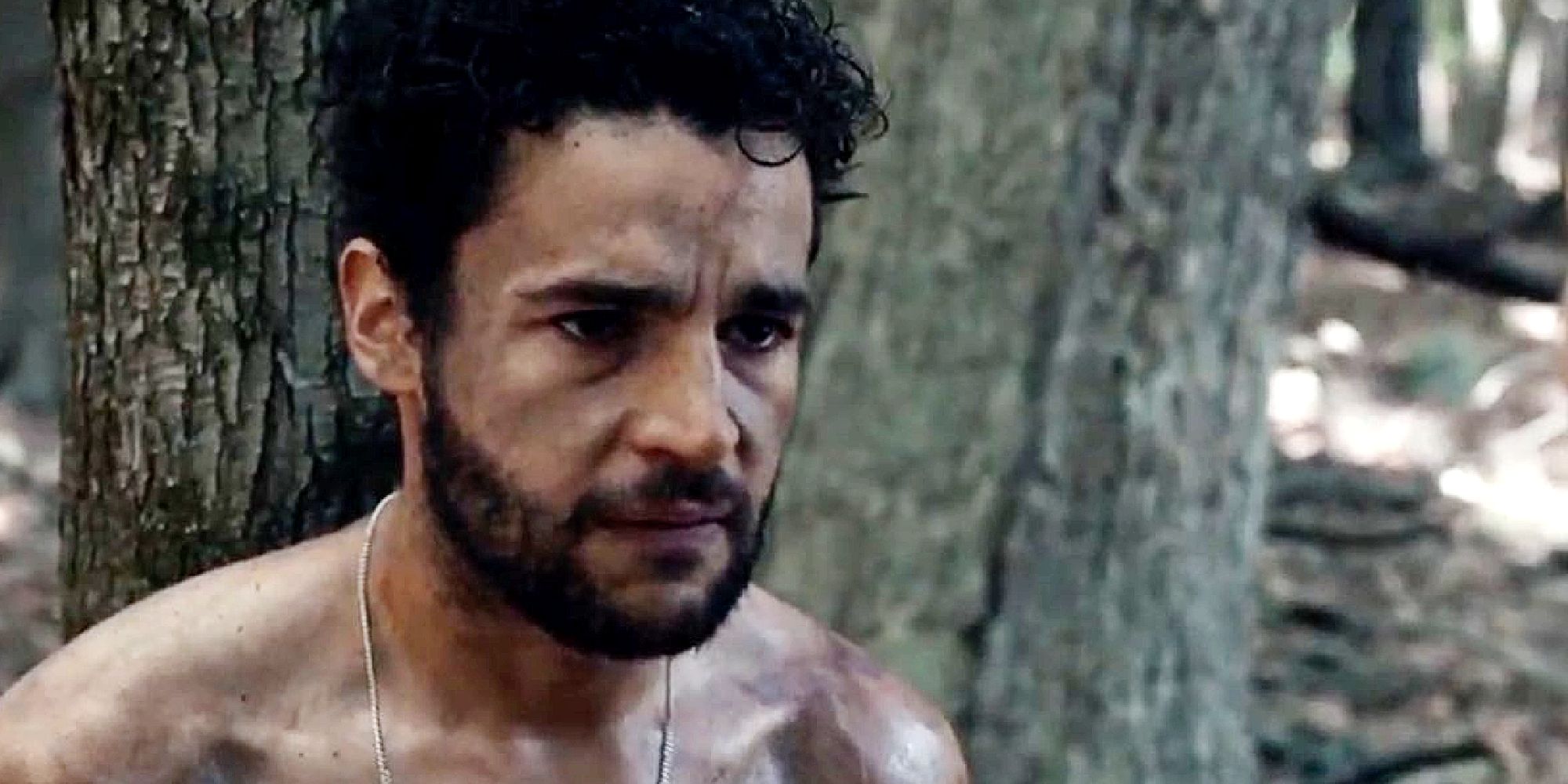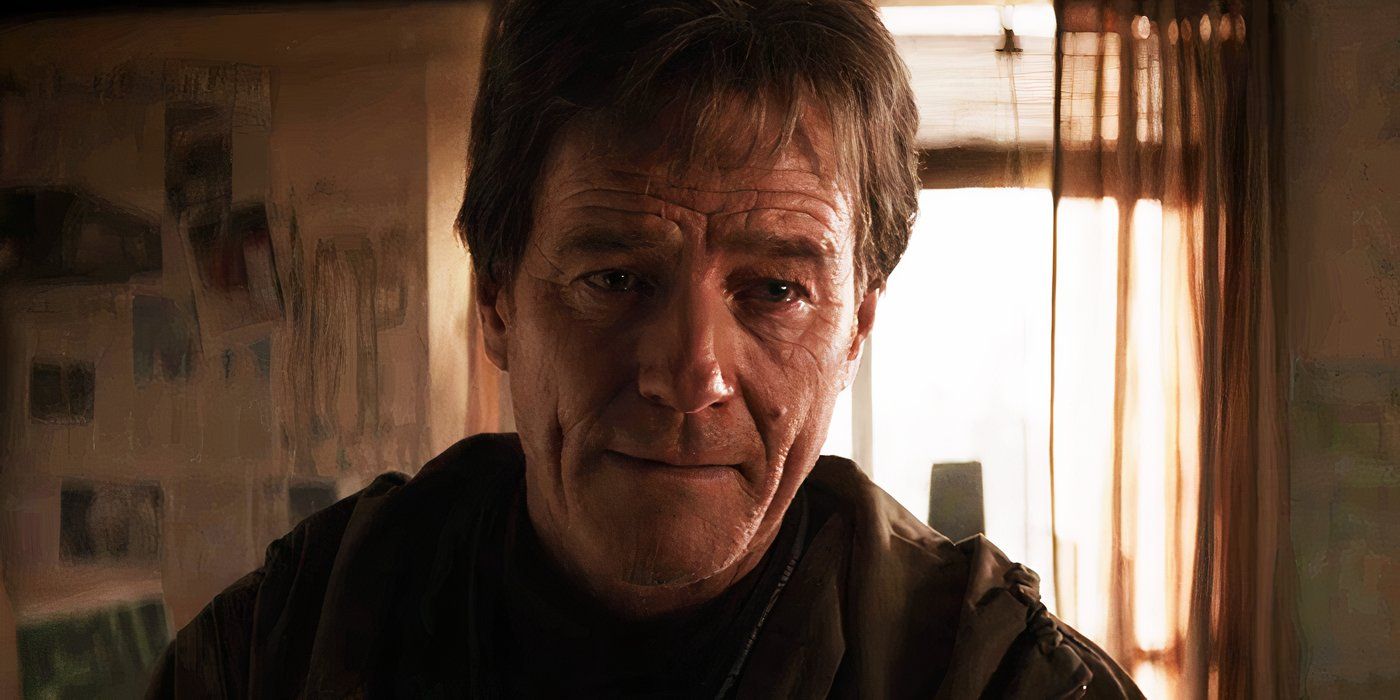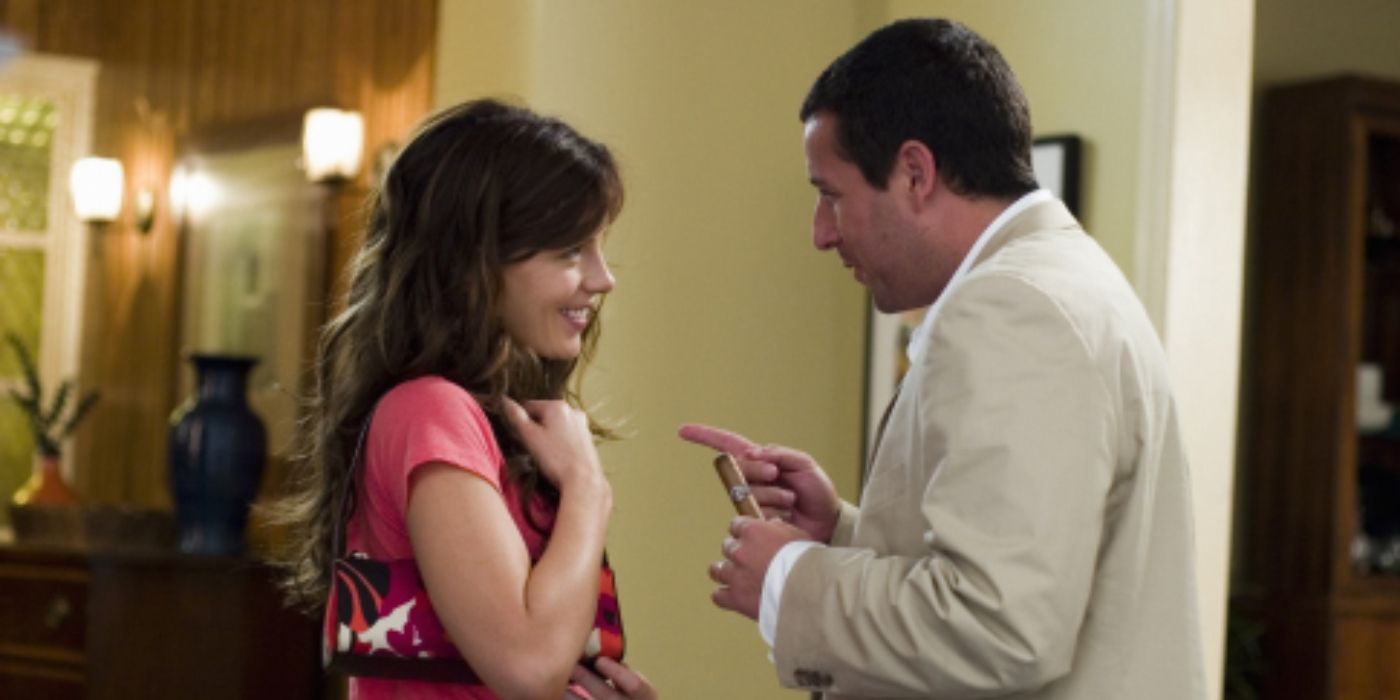Summary
- Movies often deceive with advertising, making promises that don’t match the actual content.
- Trailers can mislead through out-of-context scenes or straight-up lies to fill theaters.
- Audiences are frequently blindsided by films that don’t deliver what promised in marketing.
Movies aren’t always the most honest art form in the world when it comes to advertising, sometimes roping in prospective viewers with promises that don’t hold up to the actual product. Marketing is a huge part of any film’s release, with some of the most memorable movie ad campaigns making or breaking their box office performance. Unfortunately, trailers and promotional materials also present the opportunity for a movie studio to lie about their upcoming releases in order to fill theater seats.
There are a few different ways movies go about getting away with false advertising. Sometimes, trailers are cut so that scenes are taken out of context or inferred to be more important than they are, which can totally warp the perception of a film compared to its actual content. Other times, studios even attempt to straight-up lie in their advertising, as was the case with Francis Ford Coppola’s upcoming Megalopolis, which controversially pulled a trailer that used fake review quotes. Either way, movie producers have proven themselves as sneaky when it comes to advertising.
10 Bridge To Terabithia
Wasn’t a feel-good family fantasy
At the time of the release of Bridge to Terabithia, family-friendly fantasy movies based on books were all the rage, with peers like The Spiderwick Chronicles and the Chronicles of Narnia movie series all contributing to the craze. To capitalize on this, trailers for Bridge to Terabitihia focused heavily on its fantasy elements, with evil flying birds, magical mechanical gauntlets, and dizzying chases with monsters through the forests. However, as those ho had read the book would already know, the actual story was much more grounded in reality.
The titular fantasy land of Terabithia isn’t exactly real in the setting of the movie, being a make-believe land the characters travel to in their minds to escape their real-life difficulties. As if that wasn’t enough of a letdown, the film’s brutally tragic second-to-third-act transition came as a sucker punch to many child viewers, who weren’t expecting the film to be so sad based on the previews alone. It’s safe to say that Bridge to Terabithia‘s producers weren’t confident enough to sell the movie based on what it actually was.
9 Kangaroo Jack
Couldn’t have been more different from its trailers
The trick Kangaroo Jack‘s marketing team pulled was so effective that to this day, there are many that assume the film is a wacky family-friendly adventure featuring a talking kangaroo. Indeed, the film’s trailer focused heavily on the titular marsupial rapping at the camera, wearing a jacket and sunglasses, and generally acting like a human. Based on this, it’d be reasonable to assume the movie was a buddy adventure movie featuring a lovable talking animal companion.
In reality, this couldn’t be further from the truth, as Kangaroo Jack is actually more of a crime comedy than anything else. The movie centers around two best friends that find themselves in deep trouble in Australia when a normal kangaroo makes off with their ill-gotten money. Kangaroo Jack pushes PG-13 to its breaking point with the amount of sexual jokes it has, and the brief scene where Kangaroo Jack actually talks is just an out-of-context hallucination scene that only lasts for a couple of minutes. Few films have been as blatant with their false advertising as Kangaroo Jack.
8 The American
Was more philosophical than action-packed
Among George Clooney’s extensive filmography, The American is a seldom-remembered picture that came and went quickly in the pop culture zeitgeist. This might be due to the film’s audacious advertising that painted the movie as an action-thriller, a star vehicle for George Clooney that seemed to resemble Matt Damon’s Jason Bourne franchise. Clooney plays an assassin in the film, with his firearm proficiency and action capabilities played up in promotional materials.
While there is a decent number of gunfights and exciting battles in The American, the actual tone of the film is far off the moody atmospheric action thriller the film was presented as. Most of the movie centers on Clooney’s character having an existential crisis, and Clooney’s character spends most of the film pursuing and ruminating on an ill-advised romance. By all means, The American is far from a bad movie, but clearly knew it couldn’t sell audiences on a more heady tale of love and philosophical pondering.
7 Downsizing
Utterly fumbled its clever premise
One of the most cited films ever in the conversation for most disappointing movies of all time, Matt Damon’s Downsizing couldn’t escape the shadow of its advertising. The movie takes place in a world in which many people elect to shrink themselves down to tiny sizes with new technology in order to minimalize their impact on the environment, living in tiny communities that take up less resources. With this genius premise, the trailers and advertising for Downsizing promised a fun, light-hearted comedy carried by Damon’s performance.
The actual content matter of Downsizing turned out to be far less fun, resulting in a mess of a film that couldn’t decide what it wanted to be. While there are some jokes to appreciate, the film often puts comedy in the backseat to instead focus on an incredibly awkward romance and a message on environmental preservation that isn’t nearly as clever as it thinks it is. Unable to contain all of its ideas into a cohesive whole, Downsizing completely failed to deliver its promise of good-natured laughs.
6 The Many Saints Of Newark
Hardly featured Tony Soprano
Considering how critically-acclaimed The Sopranos is as a prestige television masterpiece, one could understand the hype that went into the advertisement campaign of The Many Saints of Newark. A prequel set in the same continuity as The Sopranos, the standalone film promised to tell the story of Tony’s childhood and rise to fame as one of New Jersey’s most prominent made men, setting up the beginning of The Sopranos‘ 6 seaons. The film also introduces Tony’s mentor, Dickie Moltisanti.
In reality, The Many Saints of Newark focused far more on a young Silvio Dante than Tony himself, utterly betraying the story it purported itself to be in the trailers. Rather than being an intense drama chronicling Tony’s rise to power, the prequel film was more of a coming-of-age story for Silvio, with far more comedy than might’ve been expected. It’s a shame that the most famous character in The Sopranos got somewhat sidelined by what was supposed to be his own prequel story.
5 The Grey
Was more depressing than action-packed
Liam Neeson’s The Grey is a fascinating exercise in failed expectations, owing entirely to the film’s misleading advertising. The survival wilderness adventure sees Liam Nesson face off against a pack of hungry wolves while stranded in the desolate forests of northern Alaska while trying to keep his crew of oil field workers alive. From the cut of the sneak peeks of the 2011 film, The Grey was to be a hectic man vs. nature action movie with plenty of bloodthirsty battles against canine creatures.
In practice, The Grey was much more depressing than audiences might’ve expected, with Neeson’s character considering suicide early in the film and another member of his band of survivors giving up entirely to die in the woods. The wolves don’t even appear all that often, with the brief scuffles against them not being expanded much beyond what was shown in the trailers. Worst of all, the heavily-advertised scene in which Neeson tapes broken bottles and knives to his hands to battle the fearsome animals only happens right at the end, the film cutting to credits before the fight even begins.
4 Alien 3
Blatantly misdirected audiences as to where it was headed
The Alien franchise has had an uneven quality throughout its lengthy cinematic history, though reviews for the recently-released Alien: Romulus seem to be putting the genre back on the up-and-up. However, what many consider to be the lowest point of the series’ history, Alien 3, was disappointing right off the bat, flat-out lying to audiences in its trailers. The teaser trailer for the film heavily implied that the threequel would finally bring the Xenomorphs to Earth, an exciting prospect fans were eager to see.
Even worse, Alien 3 was originally going to not star Sigourney Weaver as Ripley at all, and would’ve instead focused on Michael Biehn’s Hicks instead. Tragically, last-minute re-writes put Ripley back front-and-center, killing off Hicks quickly despite his prominence in the promotional imagery for the film. Had these down-to-the-wire changes not been made, Alien 3‘s advertisements might’ve been much more accurate.
3 It Comes At Night
Had no real supernatural elements
With a title like It Comes At Night, one could be forgiven for thinking that the horror movie in question would feature a unique monster or entity of some kind in the vein of It Follows or A Quiet Place. The trailers didn’t exactly deny this assumption, painting a vague picture of a group of desperate survivors in a post-apocalyptic setting who fend off some invader on their meager homestead. The poster of a dog barking at something just out of reach in the dark wilderness caused audiences’ imaginations to run wild with possibilities.
In actuality, It Comes At Night is more of a psychological thinkpiece than a traditional horror film. The actual threat of the movie is a devastating plague that wipes out most of humanity, and the brutal lengths otherwise pleasant people are willing to go to in order to avoid getting themselves and their families infected. For not having a clear answer to what the titular “It” really is, It Comes at Night is false advertising right down to its title.
2 Godzilla (2014)
Baited the presence of one of the decades biggest stars
The film that began the Monsterverse movies, 2014’s Godzilla is an American take on a Japanese classic that is perhaps remembered more fondly than its initial criticism might’ve implied. The movie served as a simple first point-of-contact with the new Legendary version of Godzilla, introducing the King of the Monsters in a brand-new universe. A huge portion of the advertising revolved around the appearance of Bryan Cranston in the film, who was a valuable star hot off of the success of Breaking Bad‘s finale.
Infamously, Godzilla elected to kill off Bryan Cranston’s character early on in the film, giving him only a pitiful three minutes of total screentime. The rest of the movie is carried by Aaron Taylor-Johnson, who turns in a stock-standard performance as a simple soldier character. Cranston’s all-too-brief appearance in 2014’s Godzilla is up there among some of the biggest wasted casting opportunities in film ever.
1 Click
Far from a typical Adam Sandler comedy
As far as Adam Sandler comedies go, Click sits in a league of its own in terms of the amount of raw tonal whiplash viewers can hope to experience by watching it for the first time. Prior to its release, Click was advertised in a similar manner to many other Sandler movies at the time — A juvenile comedy with low-brow humor suitable for mindless entertainment. The supernatural twist of a universal remote that works on reality itself was clever enough to separate it from the pack.
Admittedly, the first half of Click plays out how one might expect, living up to the expectations set up by the advertisement. Around the middle of the film, however, the film takes a sharp emotional left turn into despair, with depressing and downright existentially horrifying scenes of Sandler’s character fast-forwarding past the childhood of his children and witnessing the destruction of his own life. Ending in a tense confrontation with Christopher Walken playing a self-professed angel of death, Click is one somber movie that was betrayed by its advertising.



